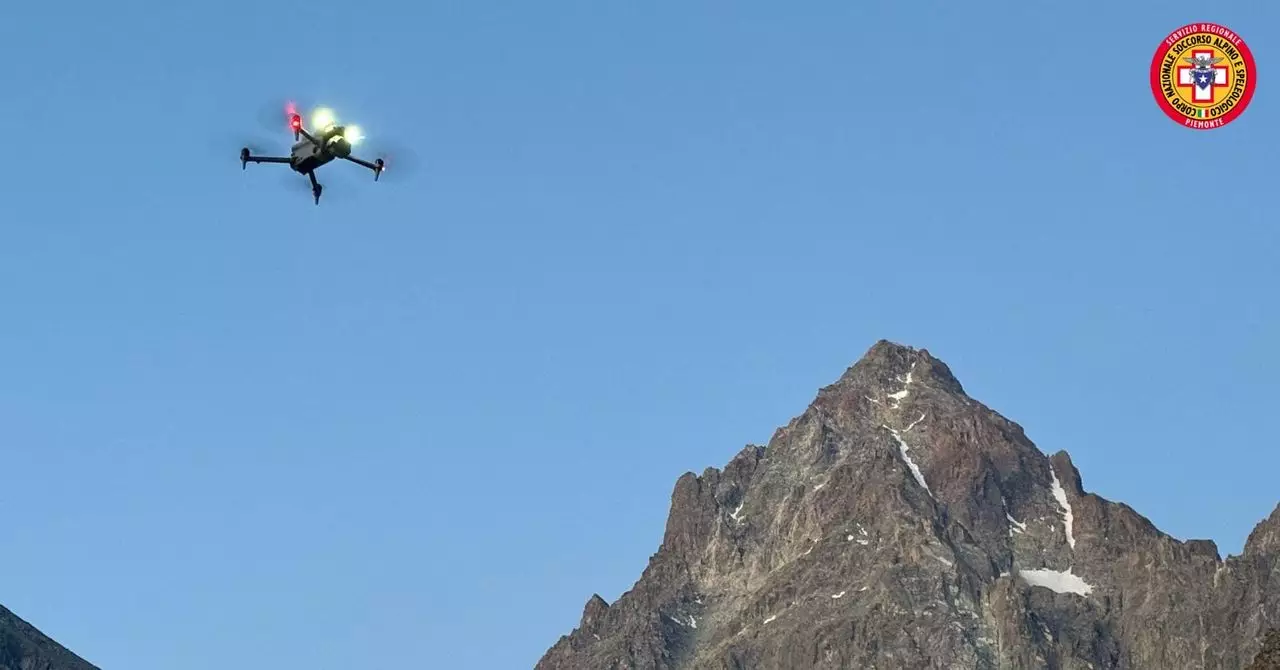Traditional search and rescue missions in vast rugged terrains often stretch over weeks or even months. Human rescuers, despite their expertise, face insurmountable challenges when sifting through thousands of photographs or hours of aerial footage manually. The recent case on Italy’s Monviso, where AI enabled the discovery of a missing hiker’s remains after ten months, exemplifies a pivotal shift in rescue technology. This transformation highlights the incredible potential artificial intelligence holds to drastically reduce operational timelines, improve accuracy, and save lives — a frontier that demands scrutiny, innovation, and bold integration.
Historically, identifying a specific object in a dense, chaotic mountain landscape was a herculean task. Search teams relied heavily on intuition, experience, and sheer perseverance. Visual searches often succumbed to weather complications, limited visibility, and the sheer volume of data to be analyzed. It could take weeks, sometimes months, before a vital clue was uncovered, during which vital time was lost. The Monviso rescue vividly illustrates how technological advancements, particularly AI-powered image analysis, fundamentally alter these dynamics. In this incident, advanced AI software sifted through 2,600 drone images captured within hours, pinpointing the missing helmet that eventually led to the discovery of the body.
The Competence of AI versus Human Limitations
What sets AI apart in these operations is not merely speed but its ability to discern minute anomalies imperceptible to the naked eye. As described by CNSAS drone pilot Saverio Isola, the software identified pixel differences — subtle signs that humans might have easily overlooked amid complex natural backgrounds. The human eye, while invaluable for judgment and decision-making, becomes a bottleneck when tasked with sifting through massive datasets under time pressure. AI’s capacity to process thousands of images in a matter of hours well surpasses human limitations, transforming hours into mere moments.
However, it is crucial to evaluate this technological leap critically. While AI increases efficiency, it introduces new challenges: reliance on pre-programmed algorithms, potential false positives, and the necessity of expert technicians to interpret results. The success achieved by CNSAS hinged on a collaboration between human experience and machine precision. Drone pilots and mountain rescue specialists together harnessed AI as a force multiplier, not a replacement. This symbiotic relationship underscores a nuanced reality: truly effective rescue efforts depend on human oversight complimented by cutting-edge technology.
Ethical and Practical Implications
Integrating AI into search and rescue raises vital questions about preparedness, privacy, and resource allocation. First, reliance on AI necessitates continuous updates and training for rescue teams to ensure reliability, especially in adverse weather conditions or complex topographies. Furthermore, with drones collecting high-resolution imagery over sensitive zones, concerns about privacy and data security emerge. It’s imperative that agencies establish strict protocols, ensuring technology benefits the public without infringing on individual rights or environmental integrity.
Practically, the cost of deploying such advanced systems is non-trivial. Drones, sophisticated AI software, and expert personnel require significant investments. While the immediate gains — rapid recoveries and possible lives saved — are undeniable, long-term sustainability hinges on consistent funding, technological innovation, and strategic planning. Yet, as the Monviso case illustrates, the cost of inaction or reliance solely on traditional methods could far outweigh these investments, especially as climate change intensifies the frequency and severity of mountain emergencies.
Future Outlook: Embracing a New Rescue Paradigm
The case of the Monviso missing hiker represents not just a success story but a harbinger of the future. AI missions are poised to become standard practice in mountain rescue operations worldwide. These technologies promise to minimize search times dramatically, optimize resource deployment, and enhance safety for rescue teams. As artificial intelligence continues to evolve, integrating machine learning and real-time data analysis will inevitably lead to more autonomous drones, smarter algorithms, and even predictive modeling that anticipates emergencies before they happen.
Nevertheless, a cautious approach remains essential. Overdependence on technology could diminish human intuition and experience, which are irreplaceable in unpredictable environments. Developing resilient systems that blend AI efficiency with human oversight will be the hallmark of future rescue missions. The balance between innovation and experience must be carefully managed if we are to realize the full potential of these breakthroughs, ultimately transforming mountain rescue from a slow, arduous endeavor into a swift, almost surgical operation capable of saving lives in the most remote corners of our planet.


Leave a Reply